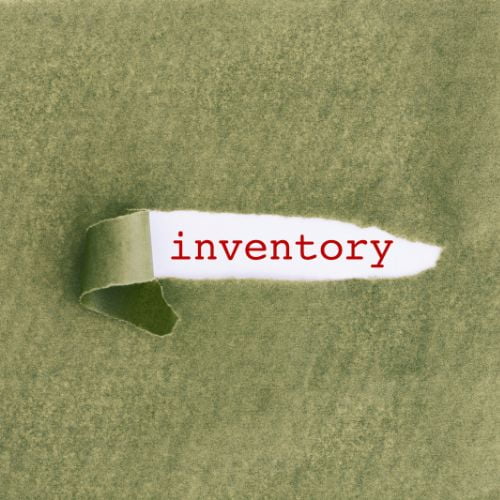
When you have a lot of hardware it makes sense for you to take control of it. Most businesses have a lot of hardware but they’re not always aware that taking control is the way forward. They’re also unaware that creating a hardware inventory is the ideal way to go about it.
If you’re not sure how to create an inventory, don’t worry. This article will guide you through every step. You’ll soon be able to create a hardware asset register/inventory that will give you full control.
Choose Where To Begin
One of the first things that you need to do is to choose where to begin. When you add everything to your new hardware asset register you need to be organised. Rather than trying to add your most important assets to the register first, you should ideally do one area at a time. For example, you could start with one corner of your storeroom or warehouse. You could begin with one of your offices or a corner of a site. Once that area is complete, move on to the next one and keep going. Adding everything to the register this way means that you’re less likely to miss anything.

Attach A Barcode To Each Asset
Once you’ve decided where you’re going to begin you need to start by adding a barcode to your assets. Do one asset at a time. Attach a barcode in a convenient place and scan it. Make sure that you attach the barcode well so it sticks to the asset. Don’t worry, it’s likely that the barcode has been made to last so it should stick nicely. Once it’s attached you’re ready to create your hardware asset register.
Create Digital Profiles
To create a digital profile you simply scan the barcode. The software will open up some options for you and allow you to add information. Each one of your assets needs to have a digital profile so that you can identify which asset is which. It’s very likely that your hardware asset register will contain more assets than you think. This is why you need to be able to differentiate one from the other.
Populate The Digital Profiles
As we have already seen, scanning a barcode will open up a digital profile. When this happens, it’s time for you to populate it. Add the make and model of the asset and other details such as when it was purchased, the warranty and insurance information, and so on. You could even add a photograph to make identification easier. Don’t forget to set up some maintenance reminders so you can take good care of your assets.
Track Your Hardware
Did you know that as soon as you have attached a barcode and scanned it some sort of magic happens? Ok, so it’s not exactly magic but what happens is quite special. When you scan the barcode your software will automatically begin to track the asset. What this means is that you will always be able to see where the asset is. All that you will need to do is log into your hardware asset register and choose the asset in question. Then, you’ll be able to see where it is.
Create A Lot Of Useful Data
In addition to making tracking assets very easy, your hardware asset register also creates data. Every time you log into your software, every time an asset is scanned or used, data is created. This data can show you exactly which assets are used and when. It can show you who has used the asset, if it needs to be repaired, or if it’s still sitting idle in the warehouse.
When this data is created it ensures that you have a much clearer picture of your business. You can see, possibly for the first time, how your assets are being used. You may even be able to see if you have enough assets. With this information you can get a better look at how your business is run and where any deficits are. But don’t worry, you won’t have to look at a screen so you can read and make sense of the data. You can export the data to PDF and print it off, should you wish to.
Log Into Your Software Easily
Depending on the software that you use, you could log into it easily. You could gain access to your register via your laptop or desktop computer. If you need to get out and about, don’t worry, you can also access the software via a tablet or your smartphone. Just make sure you have downloaded the required app and you’ll be good to go.
Creating an inventory is relatively easy, and the results it gives you can be highly useful.
Wish to speak with an expert about using a hardware asset register? Contact us today at team@itemit.com.

Try itemit
Choose a better way to track
your assets.
Start your free 14-day trial now!

Keep Learning
itemit Blog
Tips, guides, industry best practices, and news.
The Ultimate Guide to RFID Inventory Management
Discover the beginner’s guide to RFID inventory management technology. Learn how to improve accuracy, streamline stock tracking, and boost efficiency today!
A Guide to the Different Types of Inventory Management
Discover the different types of inventory management systems and how each can improve efficiency and accuracy in managing your business inventory.
Understanding the Inventory Tracking Process and Its Importance
Learn about the inventory tracking process and its importance. Discover how it helps improve efficiency, accuracy, and overall business management.


